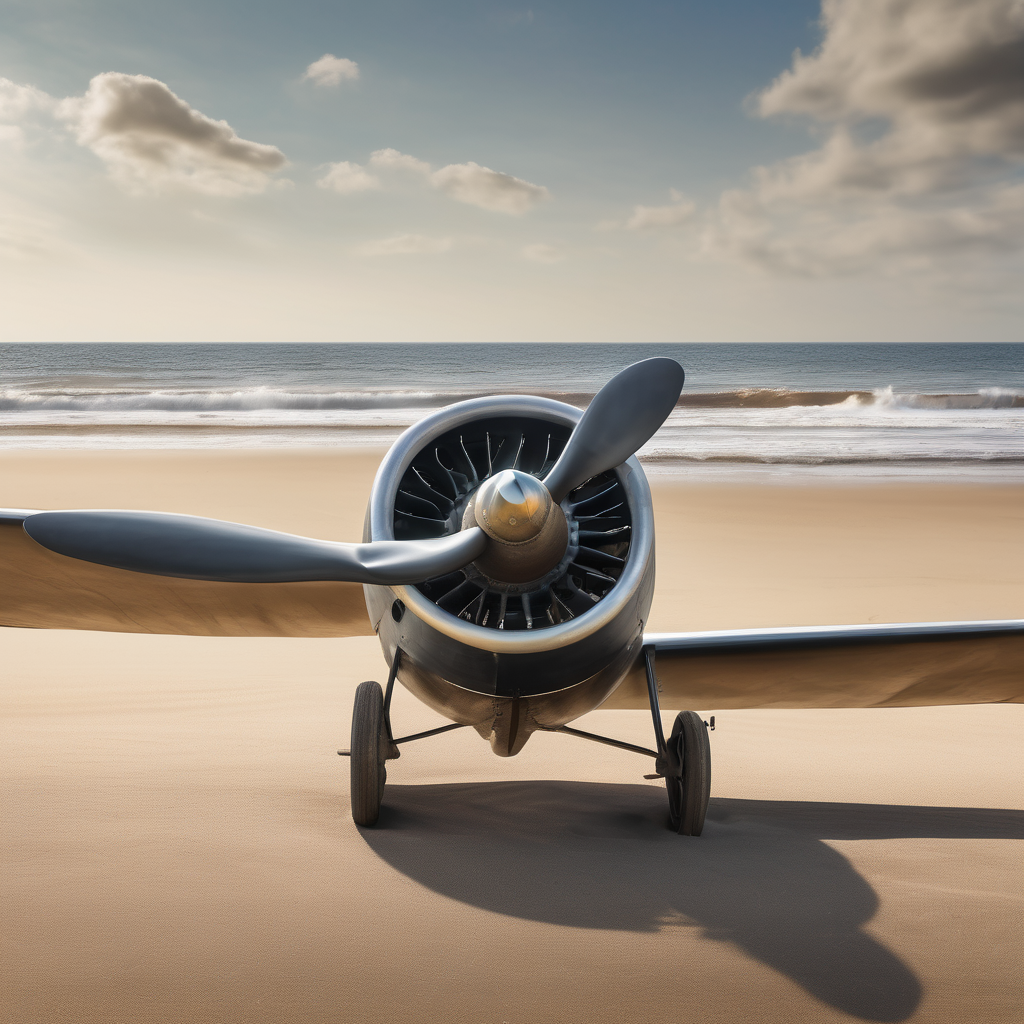Purdue University and members of the Purdue Research Foundation are preparing to join an expedition organized by the Archaeological Legacy Institute to the South Pacific, aimed at unraveling the enigma surrounding Amelia Earhart’s disappearance. The expedition, set to commence on October 30, will seek to determine if a visual anomaly observed in a lagoon on Nikumaroro Island is indeed the wreckage of Earhart’s Lockheed Electra 10E.
Amelia Earhart and her navigator, Fred Noonan, vanished 88 years ago during their ambitious mission to become the first individuals to fly around the world along the equator. The team, which includes three representatives from Purdue, will embark on a three-week journey, departing from the Amelia Earhart Terminal at Purdue University Airport and meeting other members in Majuro, Marshall Islands, before heading to Nikumaroro by sea on November 4.
The expedition team is particularly interested in the Taraia Object—first detected in satellite images from 2020 and confirmed visible in aerial photographs as early as 1938. Initial efforts will involve capturing videos and still images of the site, followed by advanced remote sensing techniques utilizing magnetometers and sonar. Subsequently, underwater excavation will be conducted using a hydraulic dredge to uncover the object and ascertain its identity. The team’s fieldwork will also include a survey of surrounding land to identify any debris washed ashore.
Richard Pettigrew, executive director of the Archaeological Legacy Institute, emphasized the significance of the expedition, stating, “Finding Amelia Earhart’s Electra aircraft would be the discovery of a lifetime.” He highlighted that prior evidence collected by The International Group for Historic Aircraft Recovery supports a compelling case that Earhart’s and Noonan’s final resting place was on Nikumaroro. Confirming the wreckage would serve as definitive proof of their fate.
The expedition is scheduled to return to port in Majuro around November 21, with the team expected back home the following day. As the search for answers continues, this mission not only honors Earhart’s legacy but also ignites hope for uncovering one of aviation history’s greatest mysteries.
